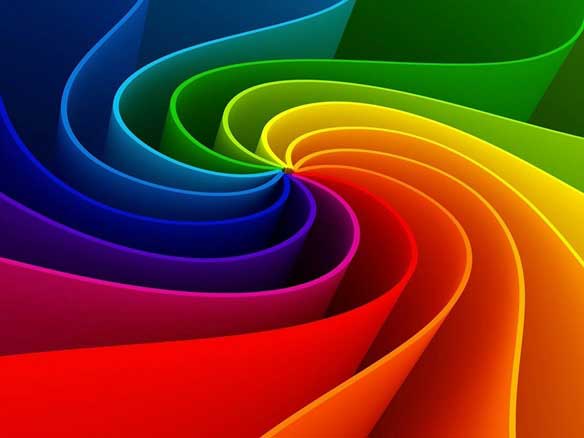Reviewed by Anurag Mishra (Sr. Technical Consultant)

Colorimetry or spectrophotometric are not particularly new to the industry. The principles were leveraged very well since the 20th century. Like today, the international organisations of colour measurements are equally concerned with the accuracy and precision with respect to the observations. International Commission of Illumination was equally active to control the observations made by colour measurement instruments, which is now called CIE. In old days, the colour measuring device is equipped with a detector with spectral curve V. The device can predict the light in relation to the spectral response V.
With the advancement in time, colour measuring science discovers more precise and easy way of calculating colours and that too in depth. Thus, an advance version of colorimeters and spectrophotometers came into the market. Colorimeter measures the tristimulus value, L, a, b. On the other hand, Spectrophotometer quantifies spectral reflectance. The major difference between both the devices is very clear, spectrophotometer measures physical value out of which tristimulus values are derived.
Back in the era, spectrophotometer does quantification by sampling the light at very small intervals and they were considered quite an expensive device. Similarly, colorimeters use primary colours (red, blue, green) filters to create tristimulus response.
How Are Modern Devices Different from Contemporary Ones?
With the advancement in the technology, these devices are now suitable for diverse industries. The considerable difference in price of the devices the biggest leap of this industry. This has made the devices accessible for every sector. Testronix offers different models of colour measurement instruments suitable for different industries. The devices, which earlier were used in high-end industries for colour matching objective, are now being used by in almost every industry for colour matching. The sizes and shapes were quite big and chunky. Table top models were popular, but now you can find a range, as per your industrial demands. From hand held, portable devices to table top models can be chosen.
Noteworthy Features
One important feature that catches everyone’s attention is data storing and efficient data comparison. Modern devices are smart enough to capture the snapshot of the master colour and compare it with many sample colours. Testonix devices can store up to 15000 samples for data logging and consolidated report generation. It is believed that good aperture area improves the observation. There is an in-built incident light in colour measuring devices. To get the best output, there should be zero interference of external light. Thus, bigger the aperture is, better the observations are.